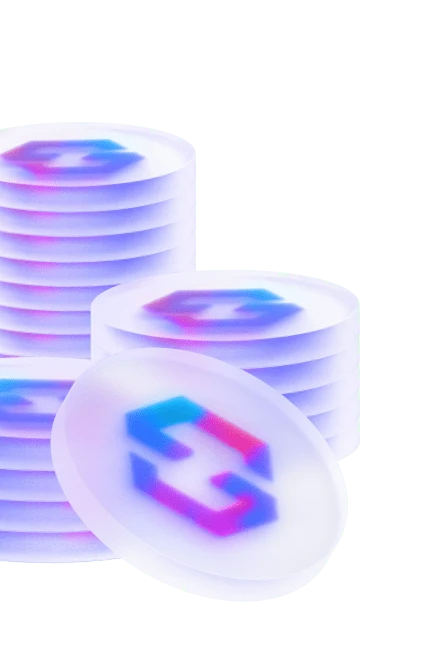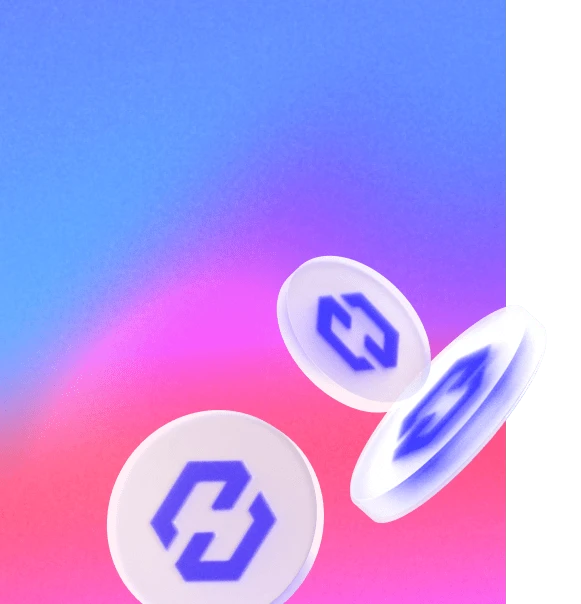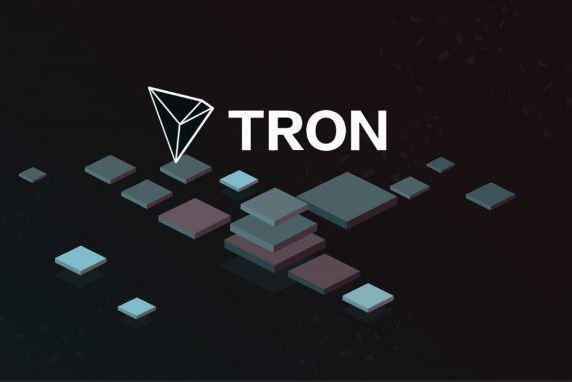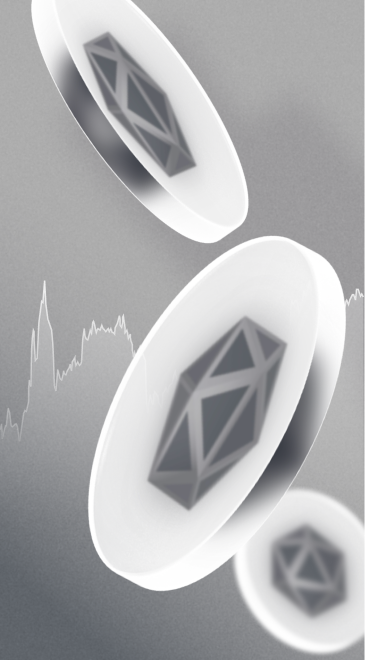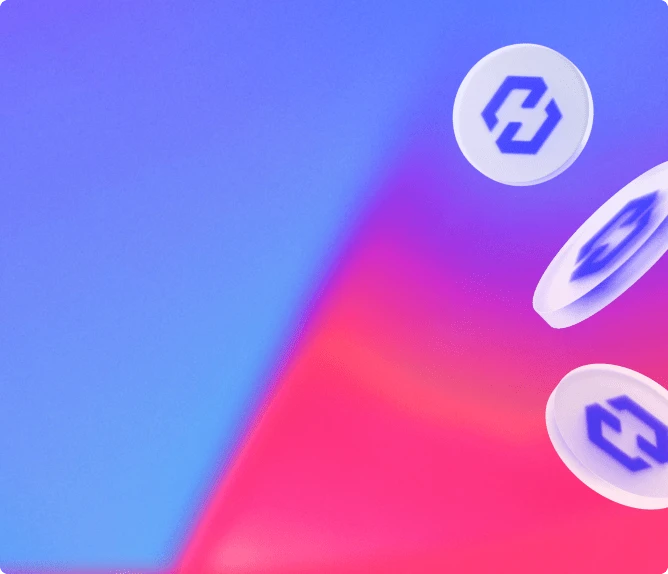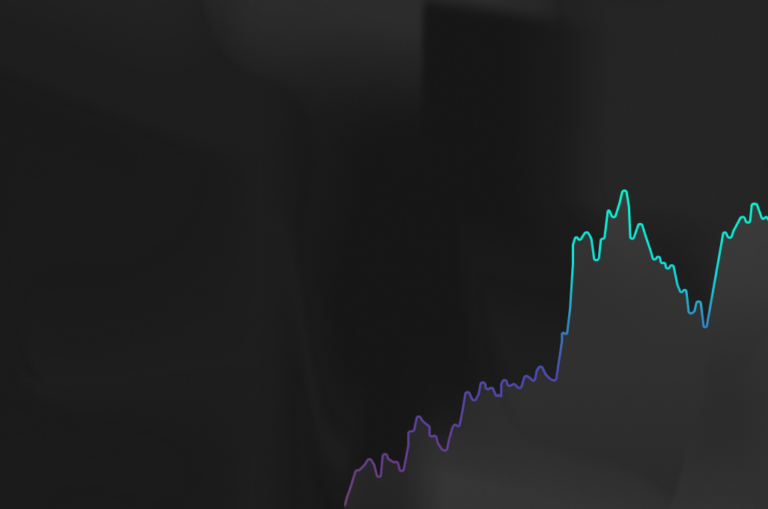EOS is a blockchain project led by developer Daniel Larimer, unveiled and financed in 2017 and then put online in 2018 after an ICO of all records that lasted a year and raised up to 4 billion dollars through an ingenious but questionable mechanism. More than a year and a half after its launch, let’s take a look at EOS.
Dan Larimer, an ecosystem veteran
Dan Larimer is not a newcomer, since he was already active in the Bitcoin community in 2010, and stated that the network could not manage a significant number of simultaneous transactions and would therefore risk becoming a victim of its success if the protocol were used massively as a means of payment. He then managed to become one of the few people to have exhausted Satoshi Nakamoto’s patience, although in the end, some of Larimer’s criticisms were justified during the 2017 bubble.
He will then launch two projects: the stablecoin BitShares which has been a rather confidential success, and the blockchain dedicated to the Steemit social networks which already had a relatively large user base before he suddenly abandoned the project.
EOS, the “third generation” blockchain?
Seven years after the exchanges with Satoshi Nakamoto, EOS was presented to the community. The value proposition is clear: to present the “third generation blockchain”. EOS intends to take into account the mistakes of the first projects and take a further step through state-of-the-art technology.
EOS is a direct competitor of Ethereum: it offers a similar smart contract model, and makes it easy to build decentralized applications that run entirely on the Blockchain.
While Bitcoin can theoretically process seven transactions per second (TPS) and Ethereum thirteen, EOS manages an average of 60 TP and has handled peak periods of 4000 TPS without difficulty. Bitcoin takes on average ten minutes to validate a transaction, Ethereum about fifteen seconds, while EOS performs two validations per second, making it almost immediate to confirm a transaction.
The DPoS, a great power that implies great responsibilities
If EOS can boast these impressive performances, it is because Larimer has implemented an innovative transaction validation protocol, DPoS for “Delegated Proof of Stake”. Instead of using gross computing power to validate transactions, this task is performed by a very private club of EOS validators, or “Block Producers” (BP).
To be part of its 21 members, it is necessary to show white paw by possessing powerful equipment in order to allow the blockchain to display very short response times. It will also be necessary to be elected by the community in a plutocratic system where one EOS token is equivalent to one vote, and where each EOS token owner can at any time appoint another block producer as a representative.
Instead of using gross computing power to validate transactions, this task is performed by a very private club of EOS validators, or “Block Producers”.
These validators not only validate all transactions, but also create new EOS units as a reward for their contribution to the network. As a result, ordinary investors cannot benefit from money creation as in other Proof-of-Stake models.
“Decentralised Enough?”
EOS is therefore inherently less decentralized than other blockchains since 21 actors manage it. However, this power is very much monitored by the EOS community and dishonest action would quickly result in a loss of voting favour and therefore of its status.
But it is this centralization that allows this blockchain to outperform the “competition” particularly represented by Ethereum.
EOS is inherently less decentralized than other blockchains since 21 actors manage it
A project that is struggling to win
If EOS has qualities, however, we must admit that traction is not there: EOS uses part of its inflation to finance projects and research on its protocol, but sees neither its number of users nor the value of its token increase over time.
If EOS was valued at nearly ten billion dollars at its highest, the current valuation is at the level of the funds collected, i.e. four billion, which still makes it the eighth valuation on the cryptoasset market. However, the only applications currently in production and that see some use are video games and especially money games. EOS is obviously seeking to replicate what is successful on Ethereum with projects such as Equilibrium, which copies the logic of MakerDAO to create a decentralized stable asset.
The only applications currently in production on EOS that see some use are video games and especially money games.
But so far, nothing has been done. EOS remains in the shadow of its rival Ethereum, which was the first to attract a community of developers, investors and companies willing to use its technology.
Our opinion is that EOS suffers from its compromises on the subject of decentralization, which certainly have technical advantages but which in return impact the confidence of the cryptoasset community, which is always extremely concerned about this subject.
However, the technology is working and the project has gained enough importance for us to keep an eye on its development. Buying EOS means betting that this project will succeed in attracting a sufficient critical mass of interest around its technology, for example for specific projects where extremely short response times are essential, and thus carve out a niche for itself against Ethereum.
Coinhouse offers Premium services to assist you in your cryptoasset investments. Have an expert guide guide you to make better decisions and gain an advanced understanding of the ecosystem.
